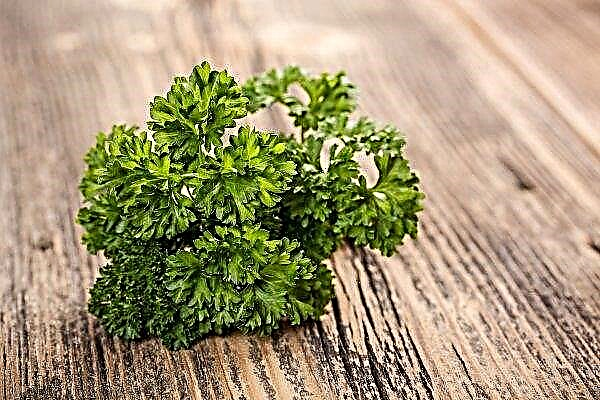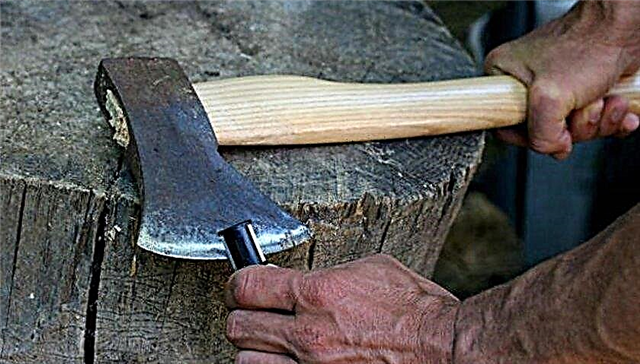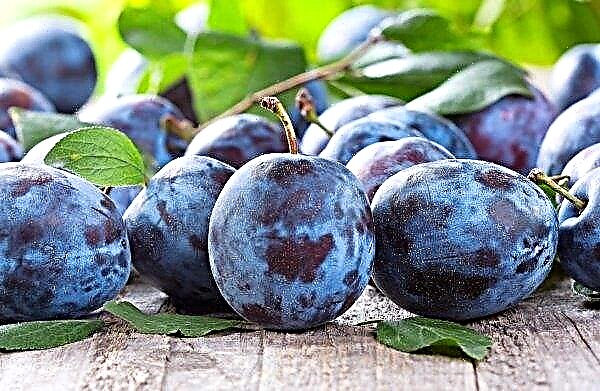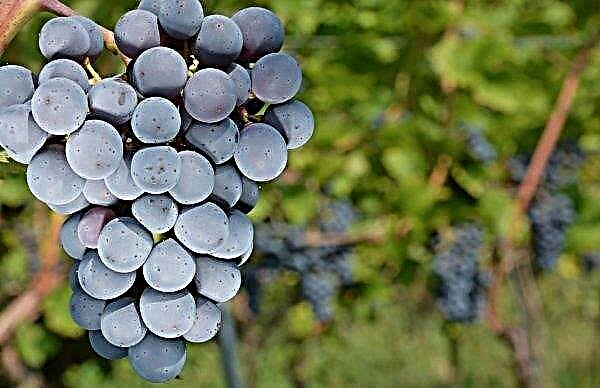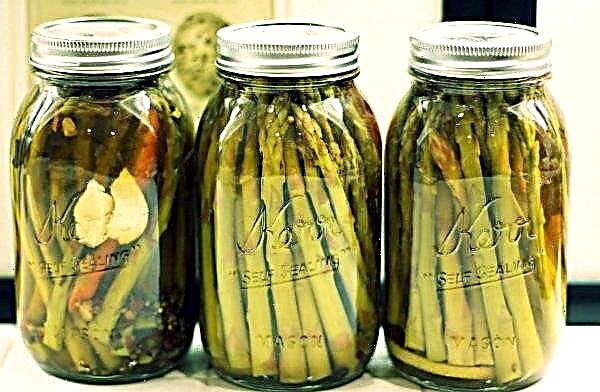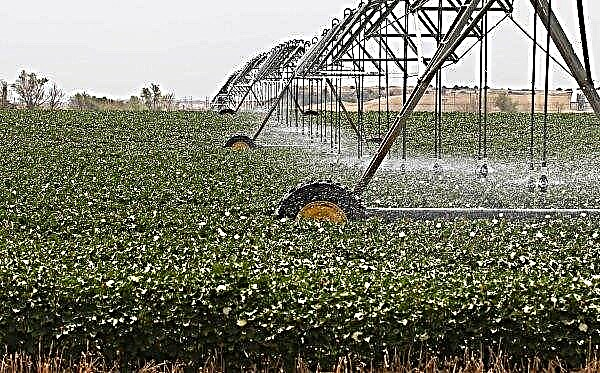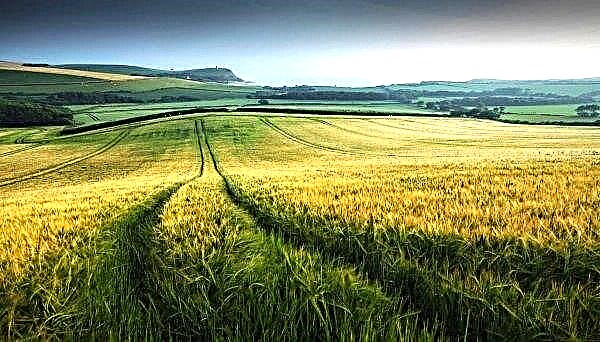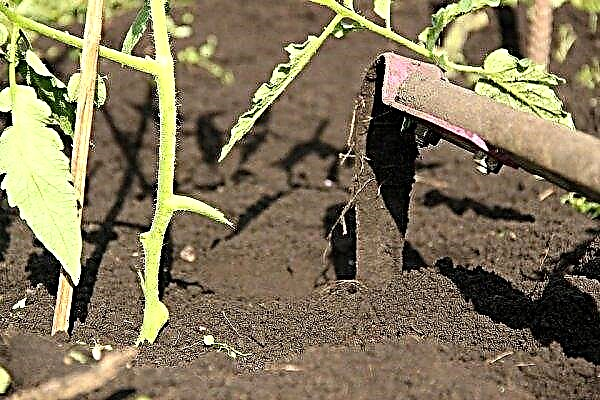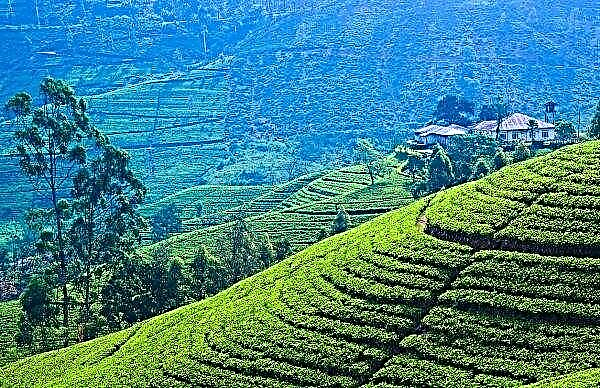Borovy saffron mushroom can please mushroom pickers with aromatic taste, as well as refined flesh. In addition, it is a valuable source of vitamins, trace elements and all kinds of biologically active substances important for human health. This article provides a detailed description of the main characteristics of this fungus, a photo, as well as its benefits and possible harm.
Mushroom description
Borovy saffron mushroom belongs to the representatives of the family Russula (Russulaceae), the genus Mlechnik (Lactarius) These are typical lamellar fungi of the mycorrhizal type; they create strong symbiotic bonds with higher plants, feeding on the secretions of their root system. At the same time, the species is one of the most popular among the representatives of the genus, which is facilitated by excellent taste characteristics and a striking appearance.

What does it look like
The average camelina is a fruit form of medium size with a diameter of 5-18 cm. The cap in the species is round, in young mushrooms it is slightly convex, but acquires a funnel shape as it grows and develops. At the same time, the edges are wrapped, and a small tubercle can form in the center. The surface of the hat is smooth, shiny, with high humidity, the skin is covered with sticky coating.
Did you know? The ancient Slavs called saffron milk "weigher", this name is popularly used today, and according to one theory means "growing on a pile" (heights, heaps). Today, however, a separate group of mushrooms is called a loaf.
The hymenophore is of the plate type, the plates are densely arranged, they begin at the edge of the cap, and then slowly pass into the leg. With mechanical damage, the hymenophore changes its color to green. The leg of the fungus is small, up to 7 cm high and with a diameter of not more than 4 cm, of a cylindrical-conical type (tapering in the mycelium region). Its surface is covered with small pits.
The outer covers of the fruiting body are bright orange-brown or yellow-orange, the leg is colored to match the heading or may be slightly lighter. On the cut, the flesh is white or slightly creamy, however, after tissue damage, the shade changes to light green. The tissues are elastic, moderately juicy, when pressed, they produce orange juice, characteristic of the Mlecniks, characterized by a light fruity aroma. Upon contact with open air, the juice gradually turns green.
Where is growing
This mushroom grows in temperate climates everywhere. Coniferous and mixed forests are its natural habitat. Most often it can be found in pine or spruce forests, in the thickness of moss or grass. It occurs in groups of up to a dozen fruiting bodies; lonely specimens rarely grow. The collection season for saffron mushrooms lasts from July to October, while the mushroom appears on a massive scale during the second half of July - the end of August.
Edible or not
The species belongs to the edible representatives of the family Russula. By taste and nutrition, it belongs to the first category of mushrooms. These include varieties that are distinguished by a particularly rich taste, aroma and substances valuable to the body. Due to this, camelina is often included in the list of valuable products important for state procurement (in Russia).

Varieties and doubles
Mushroom pickers know several varieties of milk mushrooms at once, each of them is edible, and at the same time it is distinguished by increased nutritional properties.
These are such forms of camelina, such as:
- pine - can grow only in coniferous or mixed forests, it differs in a rather large cap (at least 10 cm in diameter). You can determine it by the bright and rich red-orange color, which covers the entire fruiting body. Its pulp is especially dense and aromatic, which allows you to create almost perfect canned dishes;
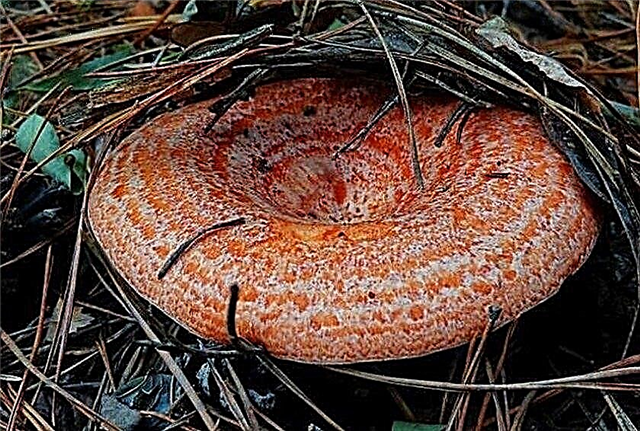
- spruce - develop exclusively in the basal zone of spruce, forming a mycorrhiza with a tree. The color of this form is light orange hues, all kinds of rings and spots of a darker shade appear on top of the main color. As it ripens, the color of the fruiting body changes to dark green. Also a characteristic feature of the species is the abundant secretion of juice of a saturated orange-red color;
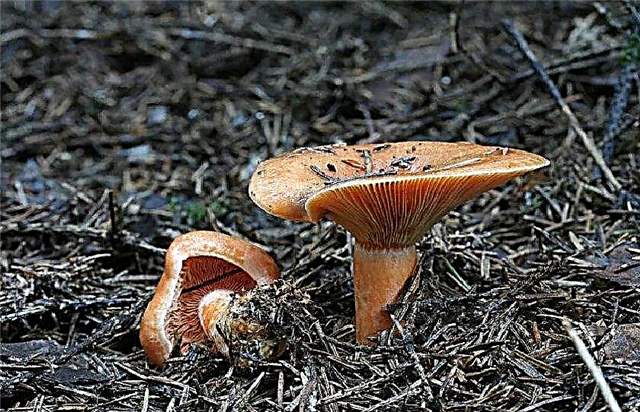
- red - lives in coniferous pine or spruce forests. The appearance differs by a small fruiting body with a cap up to 10 cm in diameter. Its color is distinguished by red-pink shades, which can often be diluted with orange tones. At the same time, the juice of the fungus is saturated red, when it comes into contact with air, it darkens sharply;
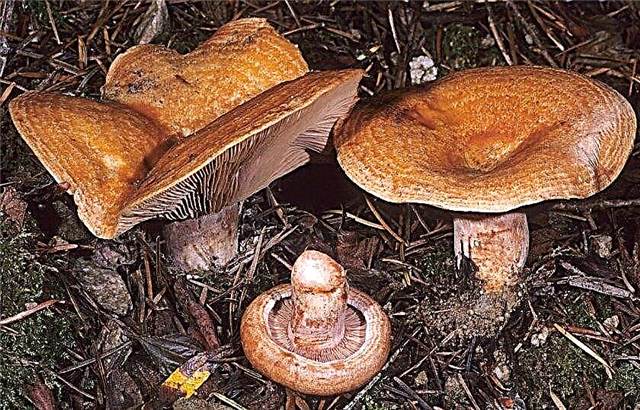
- milky red - this mushroom grows on average up to 5–9 cm in diameter, it is characterized by a flat cap with a small indentation in the center. The peel of the fruit body is orange tones, but towards the edge of the cap, the hue becomes pink. At the same time, in a mature mushroom, in the center of the cap, the orange hue changes to greenish. The milky juice of this camelina is bright, orange, in contact with air acquires green tones.
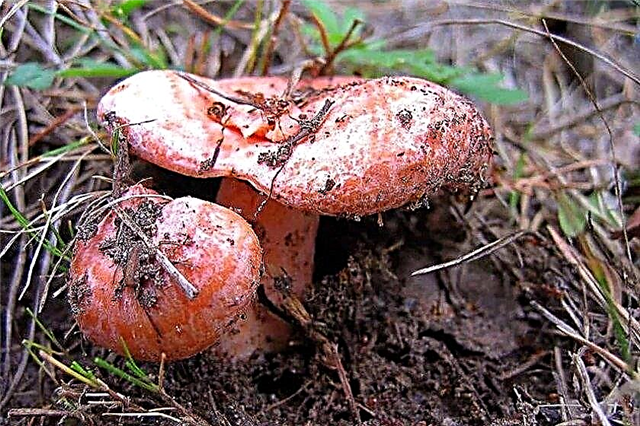
Among all kinds of fungal diversity in nature, there are so-called twin mushrooms. These include related groups of fungi, characterized by a similar morphological structure, so they may look like a real breast.
Important! False saffron mushrooms are not poisonous, they are conditionally edible mushrooms that can be used in food after long cooking. However, in order to avoid food poisoning, they should definitely be discarded.
They are various representatives of the family Russula and, in particular:
Growing
The species can be called one of the most fastidious organisms in terms of habitat, which is why its cultivation brings a lot of trouble. However, it is still possible to grow a real home saffron, not inferior in quality to the forest one. First of all, he will need to create conditions as close as possible to the natural habitat.
To do this, the site must have pine or spruce thickets, as well as appropriate soil and climatic conditions. These include moderate illumination, as well as a moist and nutritious substrate, rich in deciduous-pine litter. On arid, acidic and swampy soils, the mushroom does not grow, this must be taken into account.
For planting, use the caps of the oldest and largest fruit bodies. They must be crushed to a minimum size, and then scattered over the designated area. Next, the beds should be covered with a loose layer of moist soil and pour with warm water. Subject to moderate humidity in the area and periodic top dressing with sweetened water (100 g sugar / 10 l), spores will germinate, forming a mycelium. The first crop will be able to get in about a year, but the optimal planting productivity will be observed only from the 2nd-3rd season.
Mushroom benefits
This mushroom can be called one of the most valuable sources of all kinds of useful substances. It contains an increased concentration of vitamins important for health and metabolism (thiamine, riboflavin, ascorbic acid), as well as trace elements such as ferum, calcium, phosphorus and potassium.
As you know, a bright orange shade of camelina is a consequence of the increased content of carotene. This substance belongs to natural antioxidants, therefore, regular use of the fungus makes it possible to increase immunity, protect against atherosclerosis, and also increase the overall barrier function of the body.

Has a mushroom and antibiotic properties. Due to the presence of lactarioviolin, its inclusion in the diet helps to suppress a whole complex of all kinds of pathogenic microorganisms. This contributes to the natural treatment of foodborne infections and even makes it possible to overcome tuberculosis. Do not forget about the high nutritional value of camelina. It contains a record amount of easily digestible protein, the biological value and nutritional value of which is not inferior to meat.
Did you know? Mushrooms appeared on the planet about 400 million years ago (earlier than dinosaurs) and are considered one of the oldest forms of life.
Cooking Application
Redheads have proven themselves as the main ingredient in many dishes. This mushroom is ideal for preparing all kinds of cooked, fried and stewed dishes. In addition, an excellent winter twist can be prepared from it, while both the hot and cold preservation methods can be used. Often, saffron milk is also used to prepare all kinds of frozen or dried billets.
Medical use
In traditional medicine, saffron mushrooms are the main raw material for the preparation of various antibiotic agents based on lactarioviolin. Such drugs are used in complex therapy for the treatment of tuberculosis. In folk medicine, all kinds of infusions and other extracts of the fungus are used to treat a variety of pathologies of the respiratory system, common infections, colds and pains in the limbs and joints.
 In addition, with its help, all kinds of metabolic disorders are eliminated, as well as used as a drug and prophylactic against oncological formations.
In addition, with its help, all kinds of metabolic disorders are eliminated, as well as used as a drug and prophylactic against oncological formations.
Mushroom danger
For all its benefits to the body, a mushroom can be dangerous for humans. Various mushroom products can have a negative effect on health during the recovery period after removal of the gallbladder, with cholecystitis, as well as pancreatitis. It is also forbidden to use saffron mushrooms in case of exacerbation of chronic kidney diseases, otherwise there is a high probability of worsening the general health condition. In addition, any kind of mushroom is not recommended for children under 12 years of age, as well as for the elderly.
 Canned mushrooms are prohibited for women during lactation, as this is fraught with digestive upset. Only small portions of the product prepared by cooking or stewing are allowed.
Canned mushrooms are prohibited for women during lactation, as this is fraught with digestive upset. Only small portions of the product prepared by cooking or stewing are allowed.
Ginger is one of the most common and valuable mushrooms from temperate latitudes. It is rich in highly nutritious and easily digestible protein, as well as a complex of all kinds of vitamins, minerals and other biologically active substances. Despite its whimsicality to living conditions, the mushroom can be grown on its own garden, however, for this it will be necessary to create conditions as close as possible to the coniferous forest.





